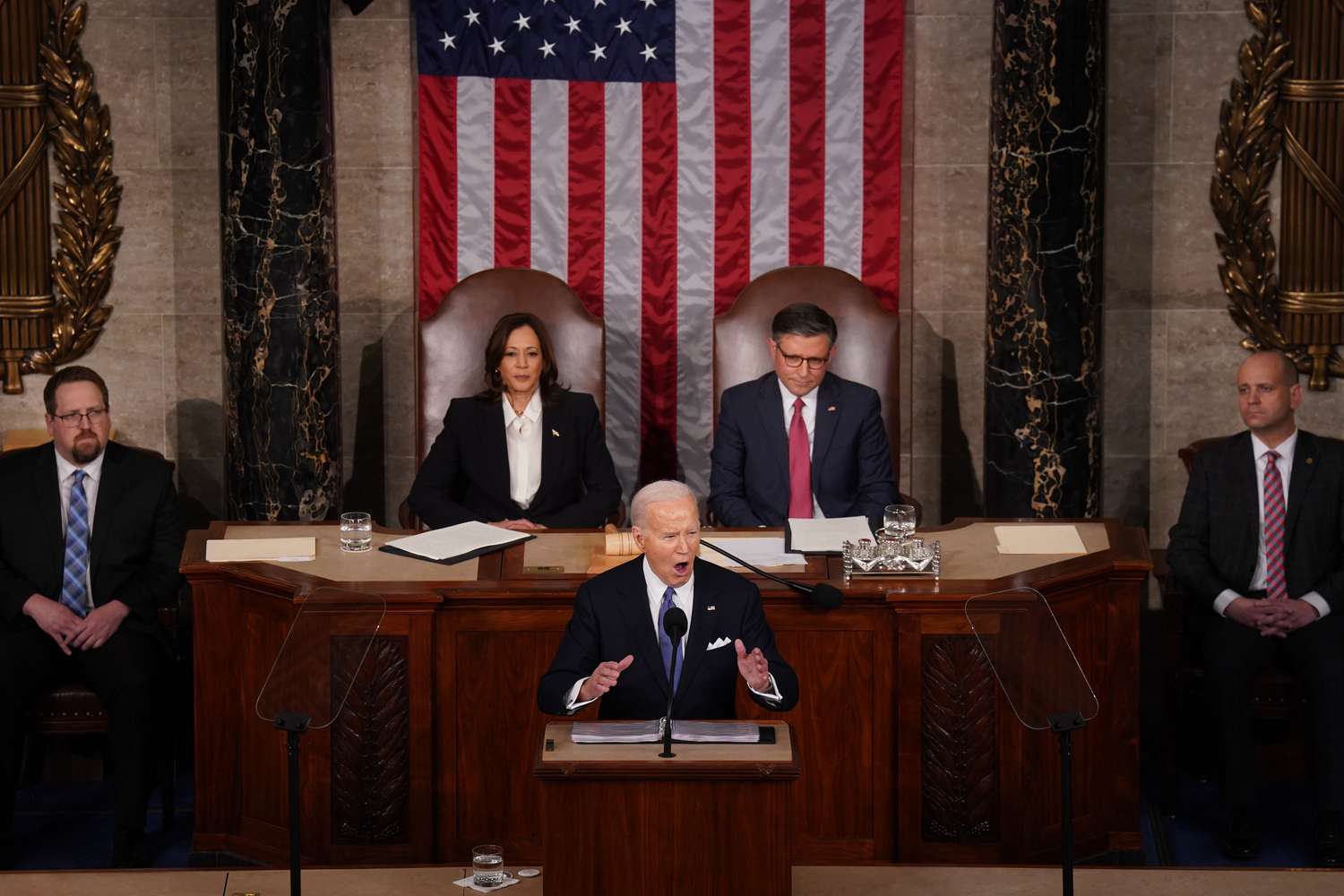The social media boom of the last decade is over. It’s not that people aren’t using social media anymore – they are. They’re just using it less, and doing things differently.

In 2022, the average daily time spent on social media declined globally, leading to a decline in organic reach for brands and creators.
According to GWI, 54% of people use social media to connect with friends and family, and 27% use social media to stay connected with news. What they’re coming to social media to do is not necessarily sell to them. However, for social media platforms to remain profitable they need users to spend as much time as possible on their apps and continue purchasing from advertisers.
In other words, social media users want to socialize and social media platforms want to sell, leading to misalignment between the product and its customer base.
Here are some of the key insights we’re seeing with the current state of social media.
Users prefer to share with ‘close friends’
There is one social media feature that satisfies users’ desire to connect – Instagram‘s close friends. On Close Friends, users feel free to share personal stories in a controlled, non-judgmental space. Individuals can control who sees their content, and it’s a corner of the app where there are no ads or sales.
Instagram has taken note of this and is expanding the Close Friends feature, including the option to share in-feed posts only with close friends. If this feature is turned off, it could make posting to public feeds obsolete for the average user.
Sales fatigue is increasing
Although advertising and sponsored content are nothing new on social media, users are feeling sold to more than ever, especially on TikTok. In September 2023, the platform launched its in-app shopping platform named TikTok Shop. Since its launch, TikTok Shop has received mixed reviews.
While the app’s commission-based structure may be helpful to creators who recommend viral products, TikTok users have expressed that the platform’s focus on sales makes it seem more like a place for infomercials than it is. Feels like where people go to learn or be entertained.
As the lack of enthusiasm for Instagram‘s failed in-app shopping platform shows, consumers in the US do not trust social media platforms enough to make purchases from them. Continuing to sell in-app sales could cause friction between TikTok and its US user base.
Possibility of being ad-free
Privacy laws have made paid social media advertising more expensive and complex than ever before. As if this wasn’t challenging enough for brands, both TikTok and Meta are testing ad-free subscriptions to eliminate ads altogether for some users. Snapchat launched a similar offering last year called Snap+, which now has 5 million users and is expected to generate $240 million by the end of the year.
Although these subscriptions may be attractive to the platform if users decide to buy (key word “if”), it can make it more challenging for brands that rely on paid advertising to reach potential customers.
What does this mean for marketers?
All hope is not lost for running a business on social media, but it does mean that brands may need to use social media differently. As mentioned above, the average social media user goes online to either connect or learn and brands that position their social platforms as a space for community and education can meet these needs. .
With this in mind, businesses on social media may benefit from focusing less on engagement and hard selling and more on creating conversations between potential customers and engaging potential buyers offline through personalized communities and experiential marketing.
As new social media trends and best practices continue to emerge, we’ll report on the latest findings.



